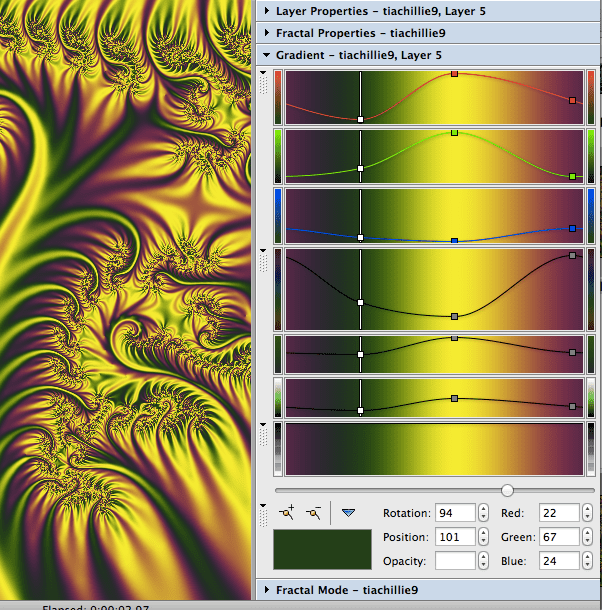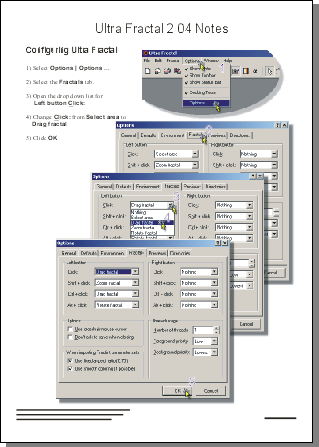

We will start at the pixel coordinate we are rendering. Here $z_n$ is the result of the process at step $n$. That recursive function for Julia sets is:

As the Julia fractal is an escape-time fractal, we are interested in seeing if the complex number will grow to infinity in that recursive process or not. For each rendered pixel, its coordinate on the complex plane will be the input to a recursive function.

These numbers have 2 dimensions and form a 2D plane, on which we can render the fractal. Julia sets are created from complex numbers. Julia sets are also a bit simpler than the Mandelbrot, so we will start with these. It is also called a map or a dictionary of all Julia sets. But the Mandelbrot fractal is actually made up of different seeds for Julia sets.

You probably know quite well how a Mandelbrot fractal sorta looks like.
#Ultra fractal transfer between computers software
Popular software for fractal rendering includes Mandelbulber, Mandelbulb 3D, Fragmentarium. These will be the fractals whose construction and rendering we will focus on in this topic. The famous Mandelbrot fractal is an escape-time fractal. Escape-time fractals – These are systems that recursively iterate over the input and try to find if the result stays within some bound (does not escape in some certain number of iterations).Strange attractors – Systems of differential equations that evolve in time can create fractal-like shapes.Ie, branches of a tree have a similar structure as the tree itself. The whole process of iterating the systems inherently creates a fractal structure as the same rules are applied at each iteration to grow the tree. You can think of a simple tree generated by an L-system. Lindenmayer-systems – As you might have guessed, the L-systems we learned in the Computer Graphics course are also fractals.Other commonly known examples are the Sierpiński triangle and the Menger sponge. For example, the Koch snowflake is constructed by drawing new triangles in the middle of the outer edges of existing triangles, thus extending the shape. Iterated function systems – These are fractals generated via some geometric rewrite rules.Although that resemblance might be difficult to explicitly point out, we somehow intuitively feel it if something is a fractal.įractals can be categorized by different methods that generate them: This could be exactly the same-looking part or could just be similar enough that we see the resemblance. There is some small-scale part of the fractal that looks like some large-scale part. However, we can usually emphasize the self-similarity property of fractals. It is difficult to give a concrete definition because there are many different types of fractals and people may understand the term fractal differently depending on the context. Usually, a fractal is described as a visual object with some self-similarity.


 0 kommentar(er)
0 kommentar(er)
